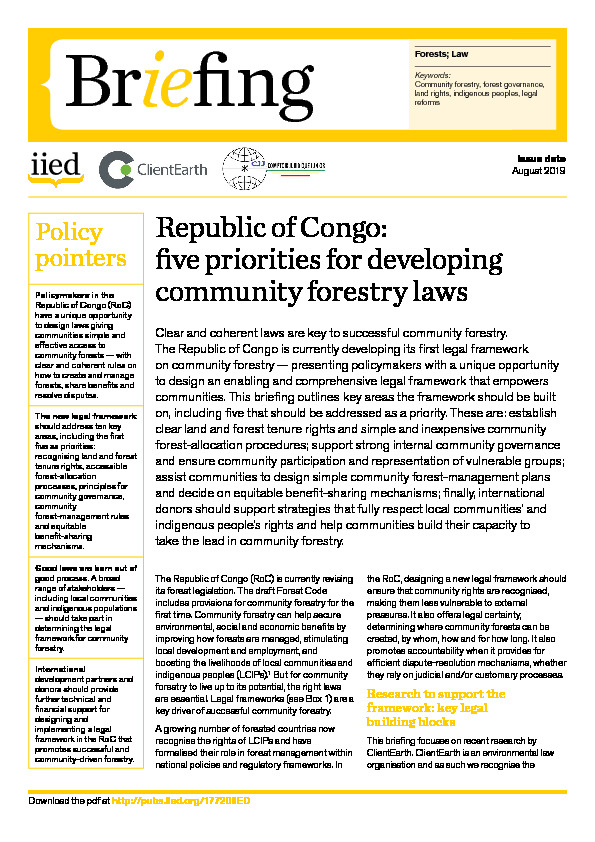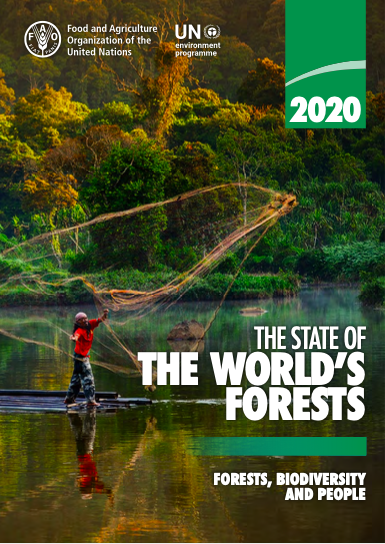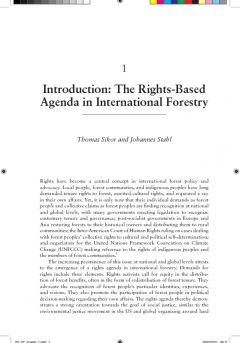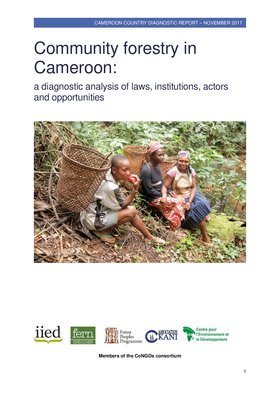Republic of Congo: five priorities for developing community forestry laws
Clear and coherent laws are key to successful community forestry.The Republic of Congo is currently developing its first legal framework on community forestry — presenting policymakers with a unique opportunity to design an enabling and comprehensive legal framework that empowers communities. This briefing outlines key areas the framework should be built on, including five that should be addressed as a priority.









